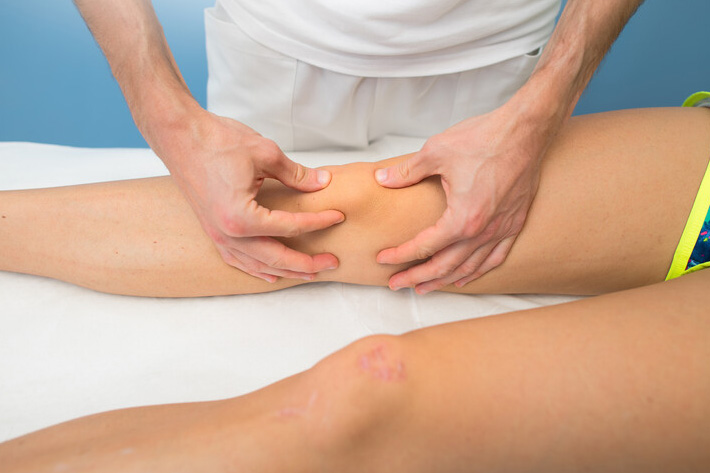Patella dislocation refers to the displacement of the patella (kneecap) from its normal position in the knee joint. Ligamentous laxity, also known as joint hypermobility, is a condition characterized by increased flexibility and looseness of the ligaments surrounding a joint. Both of these conditions can occur in children and may require medical attention. Here is some information on the treatment options for patella dislocation and ligamentous laxity in children:
1. Patella Dislocation:
- Non-surgical treatment: In some cases, a patella dislocation can be managed without surgery. This typically involves conservative measures such as rest, immobilization with a knee brace or cast, physical therapy to strengthen the surrounding muscles, and activity modification.
- Surgical treatment: If conservative measures are not effective or if there are recurrent dislocations, surgery may be recommended. Surgical options include procedures to realign the patella, repair damaged ligaments, and stabilize the joint. The specific surgical technique will depend on the individual case and the underlying causes of the dislocation.
2. Ligamentous Laxity:
- Physical therapy: Physical therapy plays a crucial role in managing ligamentous laxity in children. It focuses on strengthening the muscles surrounding the affected joints, improving joint stability, and enhancing proprioception (the sense of the position and movement of the body). Therapists may also teach children and their parents about joint protection techniques to prevent injuries.
- Orthotic devices: In some cases, orthotic devices such as braces or splints may be recommended to provide additional support to the joints and prevent excessive movement. These devices are often used during physical activities or sports.
- Lifestyle modifications: Encouraging children to engage in regular, low-impact exercises that promote muscle strength and stability can be beneficial. Avoiding high-impact activities or those that put excessive stress on the joints may also help prevent injuries.
- Medications: In certain situations, nonsteroidal anti-inflammatory drugs (NSAIDs) may be prescribed to manage pain and inflammation associated with ligamentous laxity. However, their long-term use should be supervised by a healthcare professional.
It’s important to note that the treatment approach may vary depending on the severity of the condition, the child’s age, overall health, and any underlying causes or associated injuries. Consulting with a pediatric orthopedic specialist or a healthcare professional experienced in treating musculoskeletal conditions in children is recommended to determine the most appropriate treatment plan for an individual child.





